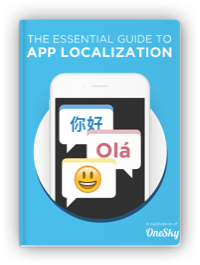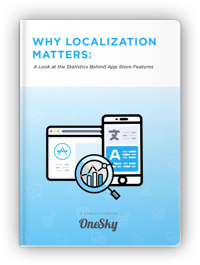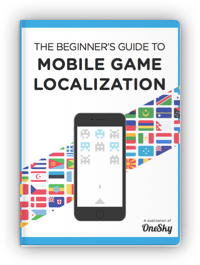Best Agentic AI Tools: Real-Life Examples & Top Framework
As artificial intelligence continues to advance at a lightning pace, agentic AI tools are emerging as catalysts for transformative change across various industries.
These innovative technologies are redefining workflows and enhancing operational efficiency, accuracy, and adaptability (—particularly in the realm of localization).
With the advent of 2025 on the horizon, organizations are increasingly searching for frameworks that streamline AI processes while enabling complex decision-making and collaboration.
The rising adoption of AI agents, with 82% of businesses planning to integrate these tools in the next three years, speaks to this shift.
In this article, we will explore how harnessing Agentic AI tools is revolutionizing the business world with localization as an illustration:
- Understanding Agentic AI Tools
- How Agentic AI Becomes The Game-Changer in Modern Business Operations
- Real-Life Example of Agentic AI Tool: OneSky Localization Agent
- Top 4 Agentic AI Frameworks to Watch
- The Benefits of Leveraging Agentic AI Tools for Businesses
- Real-Life Business Use Case: So How are Agentic AI Tools Revolutionizing Localization?
- How Agentic AI Shapes Our Future (with Localization as a Use Case)
- Conclusion

Understanding Agentic AI Tools
Defining Agentic AI Tools
Agentic AI tools are a revolutionary advancement in artificial intelligence.
They are designed to operate independently while executing tasks, making decisions, and pursuing complex goals with minimal human input.
Unlike traditional AI, which often relies on fixed algorithms and extensive oversight, agentic AI provides a level of autonomy that enhances adaptability in dynamic environments.
Key Characteristics
Agentic AI tools are defined by several key characteristics:
- Autonomy: These systems can function without constant human guidance. This allows organizations to automate complex tasks, freeing up valuable resources for more strategic initiatives.
- Goal-Oriented Behavior: Agentic AI tools can set specific objectives and create actionable plans to achieve them. This focus ensures that efforts are directed toward meaningful outcomes.
- Adaptability: These tools continuously learn from new data and changing conditions. Their ability to adapt ensures they remain effective across a variety of applications.
- Intelligent Decision-Making: Advanced algorithms enable agentic AI tools to analyze multiple data inputs. This enhances efficiency and improves the predictability of results.
- Natural Language Understanding: These systems can interpret and respond to complex instructions in natural language. This feature facilitates seamless user interaction and makes them intuitive to use.
- Workflow Optimization: Agentic AI tools excel at managing and improving multi-step processes. This leads to greater operational efficiency and helps teams achieve more in less time.
Agentic AI operates on probabilistic principles, allowing it to adapt to real-time changes.
This agility enables organizations to automate workflows that traditional systems, like Robotic Process Automation (RPA), struggle to manage effectively.
By enhancing efficiency, flexibility, and responsiveness, these tools empower organizations to tackle complex challenges effectively.
How Agentic AI Becomes The Game-Changer in Modern Business Operations
The rise of agentic AI represents a transformative shift in the capabilities of artificial intelligence, distinguishing it from more familiar applications like chatbots and smart assistants.
While traditional AI often operates based on predefined responses and is limited to narrow tasks, agentic AI goes beyond this by autonomously executing complex processes and interacting with its environment with minimal human oversight.
Key Differences Between Generative AI & Agentic AI
|
Generative AI |
Agentic AI |
|
| Purpose & Functionality |
|
|
| Task Complexity |
|
|
| Interactivity & Learning |
N/A |
|
| Collaborative Potential | The combination of generative and agentic AI holds significant promise for organizations.
E.g. A customer support system can employ Generative AI to craft personalized responses while utilizing agentic AI to manage interactions dynamically, enhancing overall effectiveness. |
|
Agentic AI is not just an evolution in technology; it is a revolutionary force in how businesses approach operations and localization strategies.
The ability to autonomously manage tasks and make real-time decisions positions agentic AI as a game-changer in the competitive landscape.
Read also: AI Localization: Mastering Global Reach with Best Practices
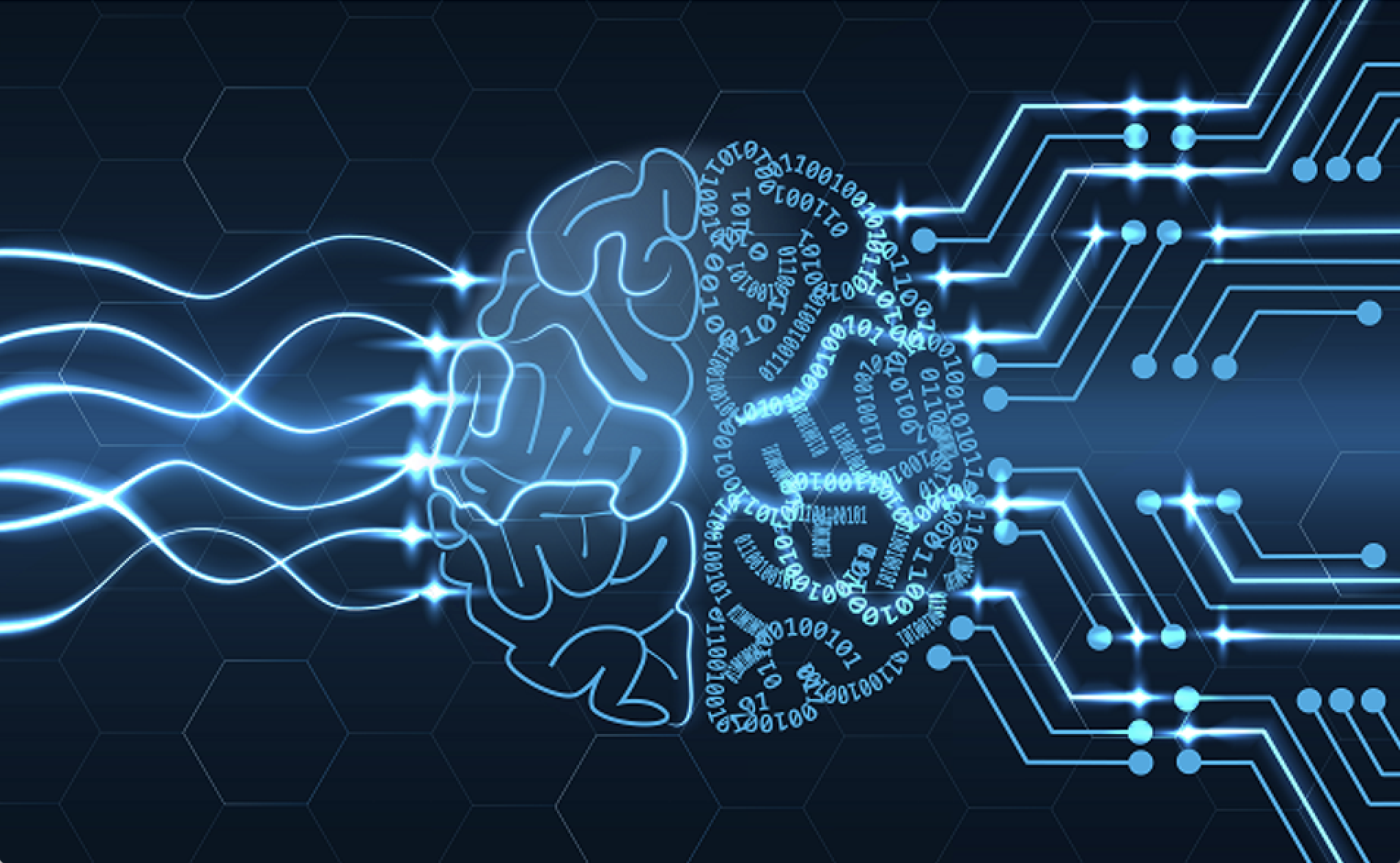
Real-Life Example of Agentic AI Tool: OneSky Localization Agent
OneSky Localization Agent is a prime example of an agentic AI tool in action. Here’s how it leverages agentic AI to enhance localization:
Multi-Agent Architecture
At the core of Agentic AI tools is a multi-agent system where specialized AI agents fulfill distinct roles to enhance overall performance.
This structured approach enables the system to mimic a human team, improving the quality of outputs in a diverse range of contexts.
Key roles include:
- Translator: Responsible for providing contextual translations based on the source material, ensuring that meaning is preserved and understood across languages.
- Editor: Focuses on maintaining grammatical accuracy and stylistic consistency, refining the translations to fit the desired tone and style.
- Quality Evaluator: Evaluates translations against accuracy and cultural appropriateness, ensuring that they resonate with the intended audience.
This organizational structure allows agentic AI tools to produce high-quality results that reflect the nuances of different markets.
Learn more: Agentic AI Translation: Exploring The Future of Translation
Integration of Large Language Models (LLMs)
Agentic AI tools utilize advanced multiple Large Language Models (LLMs) to boost their natural language processing capabilities.
By employing models such as Claude, GPT, and Gemini, these tools can analyze and comprehend instructions effectively.
The integration of LLMs allows agentic AI to provide contextually relevant responses and assists in tailoring translations to meet specific brand requirements and audience preferences.
Human-In-The-Loop Systems
The Human-In-The-Loop approach is vital in ensuring the quality and relevance of AI-generated content.
Although AI agents handle the bulk of the tasks, human linguistic experts are involved in reviewing and refining the outputs.
This layered methodology not only maintains high standards of quality and brand integrity but also allows for personalized adjustments that solely automated systems might miss.
How OneSky Localization Agent Leverages Agentic AI
To illustrate, OneSky Localization Agent by OneSky embodies the principles of Agentic AI through various operational processes:
- Natural Language Processing & Task Parsing: The system utilizes LLMs to interpret user inputs, converting natural language into structured tasks for clearer execution.
- Task Planning & Sequencing: OneSky Localization Agent creates detailed action plans that specify the necessary steps for translation while adhering to dependencies and constraints, allowing agents to streamline their workflows effectively.
- Feedback-Based Execution: The system monitors performance indicators and adjusts its approach based on outcomes, enabling continuous improvement.
- Conditional Branching: In the event of challenges, OneSky Localization Agent employs predefined decision trees to select alternative actions, showcasing its adaptability and responsiveness.
- Process Logging: OneSky Localization Agent systematically logs actions and outcomes, enabling thorough human review and promoting ongoing enhancements through supervised learning.
In summary, OneSky Localization Agent serves as a prime illustration of the technological framework underlying agentic AI tools.
By integrating a multi-agent architecture, advanced LLMs, and HITL systems, OneSky Localization Agent enhances efficiency and effectiveness in localization efforts, empowering organizations to engage meaningfully with global audiences.
Top 4 Agentic AI Frameworks to Watch
As we move into a new year, the rapid progress of Agentic AI is driving innovations in autonomous systems and intelligent agents. Developers and enterprises are actively seeking frameworks that not only enhance AI agentic workflow efficiency but also support sophisticated decision-making and seamless collaboration.
1. Microsoft AutoGen: Coordinating Multi-Agent Systems
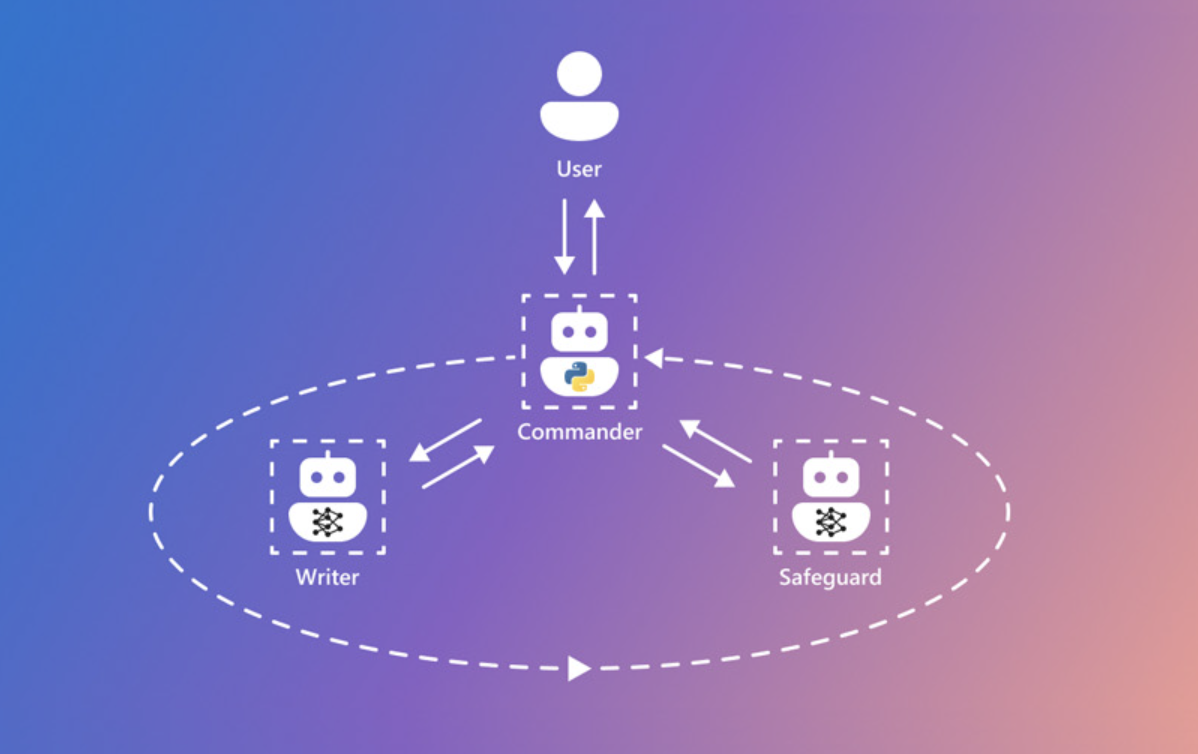
Microsoft AutoGen is revolutionizing the development of autonomous, event-driven systems. This framework is designed to manage multiple AI agents, enabling them to work together to solve intricate challenges in distributed environments.
Key Features
- Event-driven architecture that enhances system scalability
- Seamless integration with APIs and external tools for greater interoperability
- Advanced reasoning and task prioritization to improve decision-making efficiency
Why It Matters
Microsoft AutoGen delivers exceptional capabilities for building systems that rely on multi-agent collaboration. It is particularly well-suited for applications such as IT infrastructure management and cloud automation.
Use Case
Consider an AI-powered cloud system that autonomously detects server misconfigurations and assigns specialized agents to resolve the issue, ensuring smooth and efficient operations.
🔗 Notebook Reference: Microsoft AutoGen GitHub
2. LangChain: Enabling Seamless AI Workflow Automation
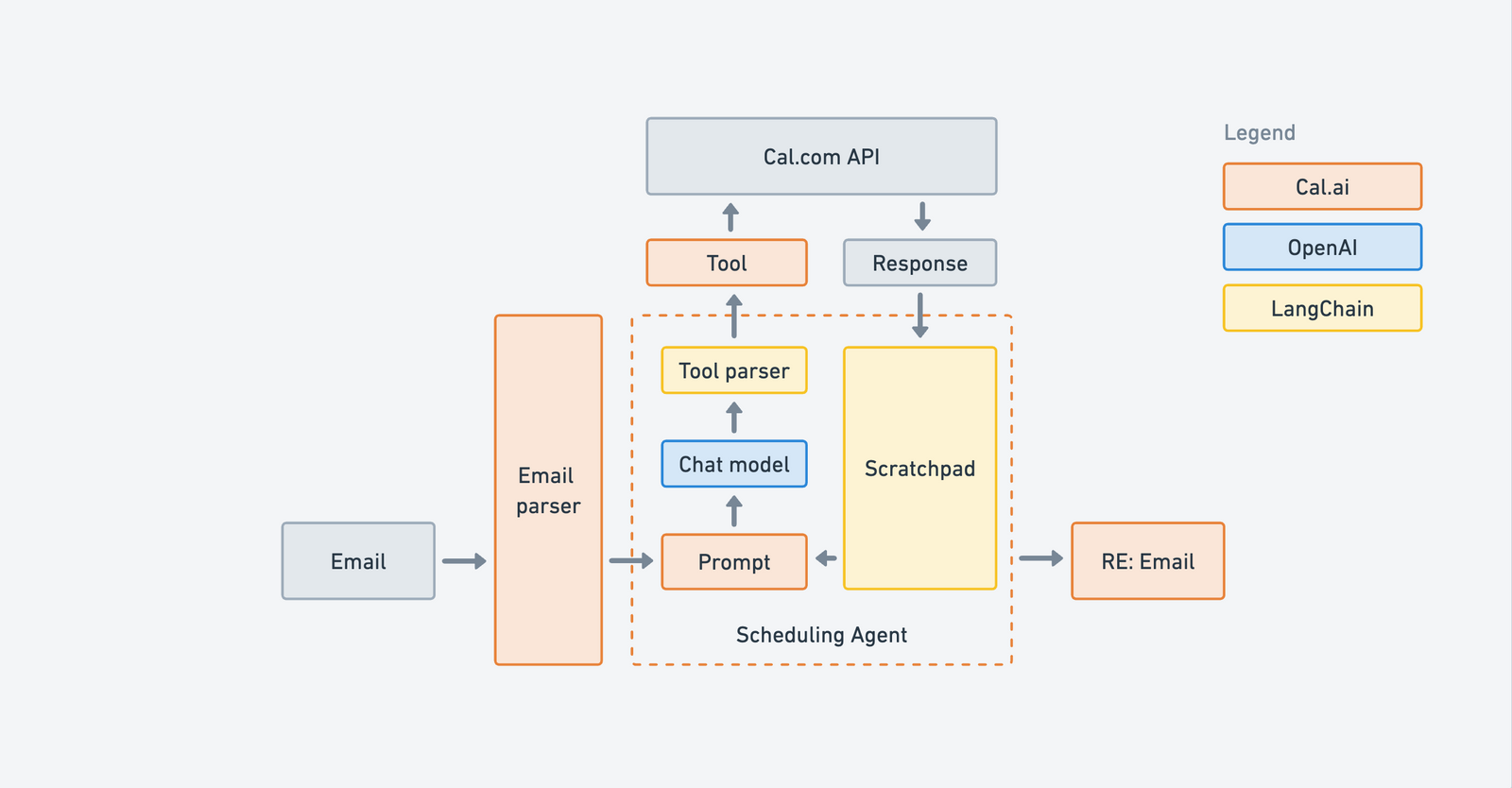
LangChain has emerged as a leading framework for AI workflow automation. It empowers developers to link prompts, memory, and various tools into well-structured pipelines, streamlining the creation of complex applications powered by large language models (LLMs).
Key Features
- Modular components that facilitate the development and management of AI-driven workflows
- Integrated memory to support stateful applications and improve contextual awareness
- Compatibility with multiple LLMs and APIs, enabling greater flexibility and interoperability
Why It Matters
LangChain’s adaptability makes it a preferred choice for developers building conversational agents, retrieval-augmented applications, and other AI-powered solutions.
Use Case
For instance, a financial institution can leverage LangChain to develop a chatbot capable of retrieving and summarizing client data efficiently, enhancing customer interactions and operational efficiency.
🔗 Notebook Reference: LangChain Agents Tutorial – Google Colab
3. LangGraph: Optimizing Advanced State Management
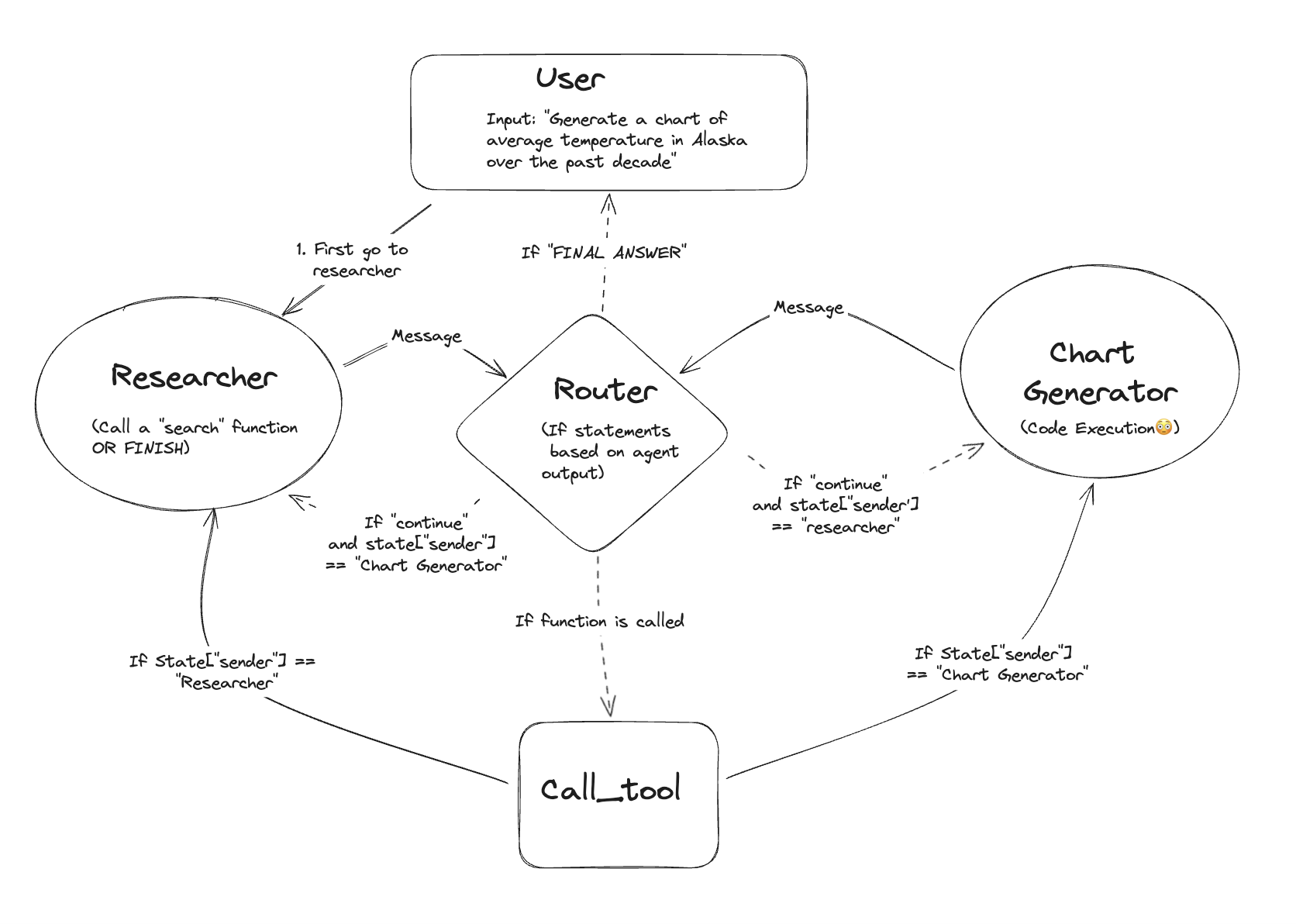
LangGraph utilizes a graph-based architecture to efficiently manage stateful AI workflows. Designed for applications that require precise dependency management and structured task execution, this framework enables seamless coordination across multi-step processes.
Key Features
- Graph-based dependency management to streamline workflow execution
- Simplifies complex stateful systems by implementing advanced logic and structured sequencing
- Flexible API integration, making it adaptable for real-world applications across industries
Why It Matters
LangGraph is particularly well-suited for industries that rely on accurate, sequential task execution, such as healthcare and supply chain management. Its structured approach ensures consistency and reliability in multi-step AI-driven workflows.
Use Case
For instance, LangGraph can be used to develop an AI-powered medical diagnosis system that systematically retrieves patient history, analyzes symptoms, and recommends appropriate treatments.
🔗 Notebook Reference: LangGraph GitHub Repository
4. Microsoft Semantic Kernel: Integrating Semantics with Functional AI
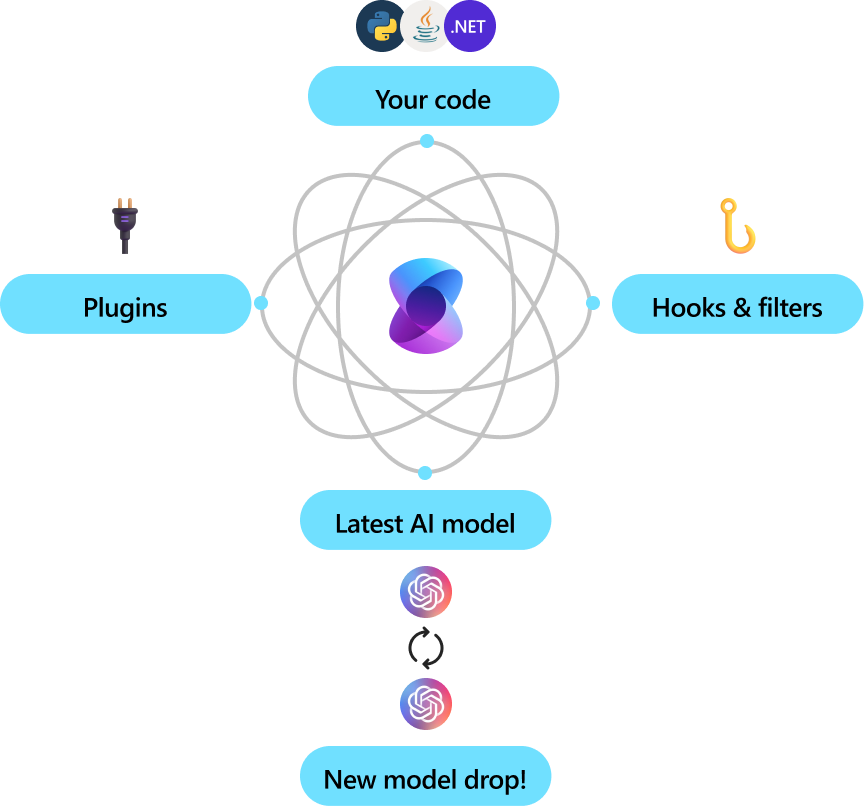
Microsoft Semantic Kernel is designed to enhance contextual understanding and semantic reasoning in AI applications. This framework seamlessly integrates semantic AI with software development, enabling more intuitive and intelligent interactions.
Key Features
- Context-aware tools that improve AI-driven applications in real-world scenarios
- Advanced semantic reasoning to enhance the AI’s ability to comprehend user intent
- Pre-built connectors for effortless integration into enterprise business systems
Why It Matters
By embedding semantic intelligence into applications, Microsoft Semantic Kernel enhances decision-making accuracy. This is particularly beneficial for industries such as customer service and IT operations, where precise understanding of user requests is critical.
Use Case
For example, an IT helpdesk AI agent powered by Semantic Kernel can accurately interpret user intent and execute commands efficiently, improving response times and service quality.
🔗 Notebook Reference: Microsoft Semantic Kernel GitHub Repository
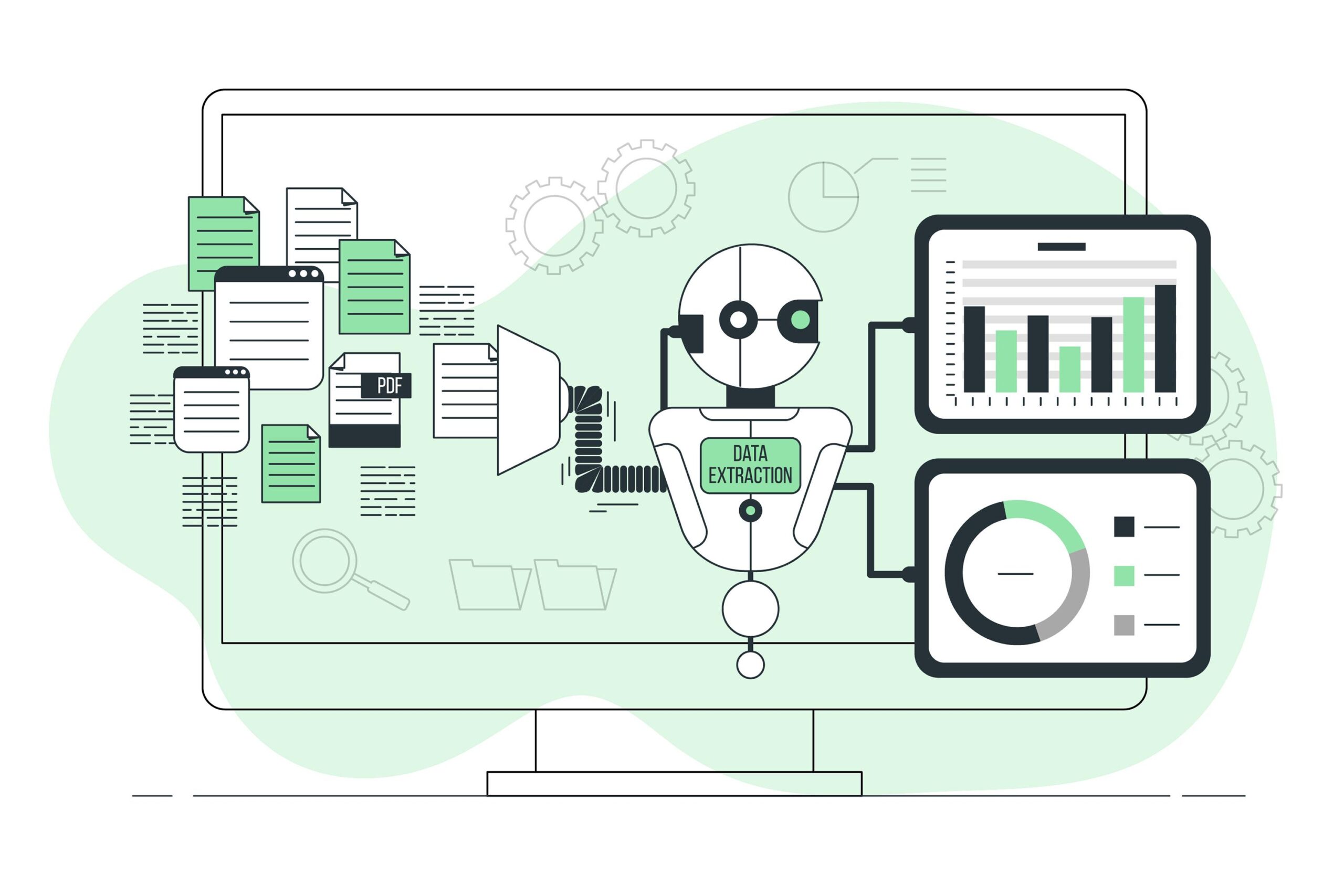
The Benefits of Leveraging Agentic AI Tools for Businesses
1. Efficiency and Speed
Agentic AI tools significantly enhance operational efficiency by automating various aspects of workflows.
To illustrate:
In the realm of customer service, imagine a retail company using agentic AI to handle inquiries.
Instead of employing multiple human agents to field customer questions, an AI chatbot autonomously manages interactions, processing product returns in seconds.
A customer needing to return an item can engage with the chatbot, which quickly handles the return process, suggests alternative products, or offers a discount for the inconvenience.
This not only improves customer satisfaction but also reduces response times and allows staff to focus on higher-value activities.
2. Cost Reduction
Organizations can achieve substantial cost savings—up to 75%—in translation and management expenses by adopting a multi-agent approach with agentic AI.
To illustrate:
A global e-commerce business that leverages Agentic AI for localization can automate the translation of product descriptions into multiple languages, thereby eliminating the need for vast translation teams.
By reducing reliance on in-house resources for routine translation tasks, the company can reallocate its teams to support strategic marketing initiatives rather than operational challenges, thus maximizing profitability and efficiency.
3. Scalability
As businesses grow, their localization needs expand.
Agentic AI offers a scalable solution that can adapt to increased project demands without compromising quality.
To illustrate:
A multinational food manufacturer introducing a new product globally could utilize agentic AI to automate the generation of marketing and packaging content in various languages.
As the demand rises in different markets, the AI can seamlessly adjust and produce high-quality localized materials, ensuring a smooth roll-out that keeps pace with market growth.
4. Enhanced Decision-Making
The autonomous nature of agentic AI allows organizations to streamline decision-making processes.
To illustrate:
In the logistics sector, a shipping company can implement agentic AI to analyze real-time data on weather patterns, traffic conditions, and shipping schedules.
When unexpected delays occur, the AI can quickly re-route shipments and communicate updated delivery timelines to customers.
This capability not only speeds up workflows but also ensures that decisions are based on current data, improving customer experience and operational agility.
5. Trustworthy and Proactive Risk Management
With their advanced reasoning abilities, agentic AI solutions provide robust risk management.
To illustrate:
A financial institution could deploy Agentic AI to monitor transactions for unusual patterns that indicate potential fraud.
By analyzing transaction data in real time, the AI can instantly flag suspicious activities for further investigation, allowing the bank to address risks proactively and safeguard both its operations and its customers’ finances.
6. Continuous Adaptation and Collaboration
Agentic AI systems excel in their ability to monitor real-time conditions and adapt strategies accordingly.
To illustrate:
Consider a travel booking platform that uses Agentic AI to analyze customer preferences and market trends continuously.
When a particular destination becomes popular, the AI can automatically adjust marketing campaigns and suggest travel packages that appeal to current demand.
Furthermore, multiple AI agents can work together, with one managing social media interactions while another handles booking processes, creating a seamless and efficient experience for users.
In summary, embracing agentic AI tools offers businesses the opportunity to improve efficiency, reduce costs, and scale operations effectively.
By leveraging these advanced technologies, organizations can enhance decision-making, manage risks, and focus on strategic goals, ultimately leading to greater success in today’s dynamic business environment.
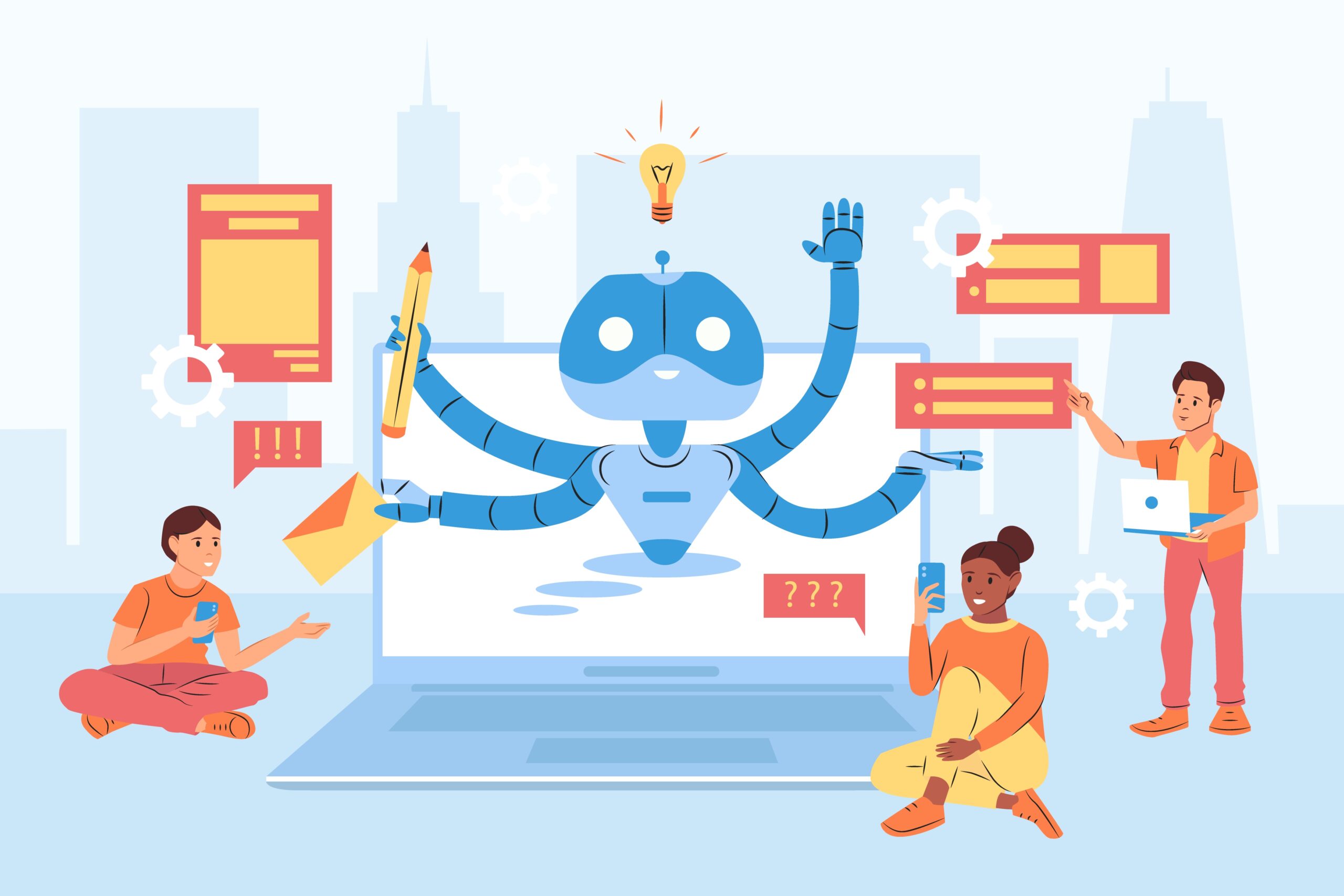
Real-Life Business Use Case: So How are Agentic AI Tools Revolutionizing Localization?
1. Transforming Translation Processes
Agentic AI tools are transforming the localization landscape by significantly improving the speed and accuracy of translation processes.
With their advanced reasoning and execution capabilities, these tools enable organizations to quickly adapt marketing materials and products for new markets.
This means shorter turnaround times compared to the traditional localization approach.
Agentic AI can:
- Process vast amounts of data swiftly
- Recognize patterns in user behavior and preferences
- Make quick, informed decisions
This streamlining of the translation workflow allows businesses to respond effectively to changing market dynamics in real-time.
2. Empowering Global Reach
As brands seek to expand into new markets, the ability to produce localized content rapidly becomes essential.
Agentic AI tools empower organizations to engage effectively with global audiences by offering:
- Personalized Localization Strategies: These tools analyze data from carefully curated linguistic and cultural databases. This ensures that the content is relevant and resonates with diverse target audiences.
- Continuous Localization: By facilitating ongoing translation and auto-adjustments, Agentic AI allows content to evolve alongside market trends and customer behaviors.
3. Incorporating a Human-In-The-Loop Mechanism
While the AI handles the bulk of content generation, experienced linguists can review and refine outputs as needed.
This collaborative approach maintains high-quality standards and ensures that cultural nuances and local idioms are seamlessly integrated, enhancing the effectiveness of communications.
By leveraging the power of agentic AI tools, businesses can broaden their global footprint while maintaining a consistent brand message that aligns with local values.
As organizations conquer these advanced capabilities, they position themselves to navigate the complexities of international markets with confidence and precision, driving growth and creating meaningful connections with audiences worldwide.
How Agentic AI Shapes Our Future (with Localization as a Use Case)
Emerging Trends and Innovations
The future is evolving rapidly, shaped by significant trends driven by agentic AI technology:
1. Increased Use of AI in Creative Localizations
As Agentic AI tools continue to develop, their role in creative tasks will expand considerably.
This includes not only generating content for marketing but also adapting stories, advertisements, and brand messaging to align seamlessly with local cultures and values.
By integrating cultural insights and language nuances, these AI systems ensure that the content is not only accurate but also resonates emotionally with target audiences, making it more compelling and relevant.
2. Enhanced Personalization
Organizations will increasingly utilize agentic AI to produce content that is highly tailored to the preferences of specific demographic and psychographic segments.
This approach goes beyond generic personalization; it involves leveraging data analytics and consumer behavior insights to create experiences that feel uniquely crafted for individuals.
By addressing customers on a personal level, businesses can enhance customer engagement and foster brand loyalty, as consumers feel more understood and valued by the brands they interact with.
3. Real-Time Localization
Continuous advancements in technology will empower Agentic AI tools to facilitate real-time translations during live events, webinars, and customer service interactions.
This capability means that organizations can provide immediate and accurate support to multilingual audiences, eliminating language barriers and enhancing the overall customer experience.
For instance, an online retailer conducting a live product launch can instantly translate comments and questions from viewers around the world, ensuring that all participants feel included and engaged.
4. Multi-Agent Collaboration
Future developments will likely involve improved multi-agent collaboration, where various AI agents work together efficiently.
This collaboration can enhance localization efforts by allowing agents to share insights and optimize strategies in real time.
For example, translation agents can collaborate with market analysis agents to ensure that localized content not only meets linguistic standards but also aligns with current market trends.
5. Integration with Emerging Technologies
The convergence of agentic AI with emerging technologies such as blockchain, IoT, and machine learning will create more robust localization frameworks.
This integration can lead to decentralized, intelligent systems capable of providing enhanced security, transparency, and real-time data processing.
For instance, integrating IoT devices with agentic AI can enable organizations to gather contextual data that informs localization decisions, such as consumer preferences and regional market outputs.
6. Continuous Learning & Adaptation
As agentic AI tools evolve, their ability to learn from interactions will improve, enabling them to refine localization strategies continuously.
This aspect of adaptability means that AI systems can analyze feedback on localized content and adjust it dynamically in response to new trends or audience reactions, ensuring that messaging remains relevant and effective.
The Importance of Staying Ahead
As consumer expectations change, companies must adapt to maintain a competitive edge.
Utilizing agentic AI tools empowers organizations to adopt proactive localization strategies rather than reactive ones.
By investing in these technologies now, businesses will be better positioned to meet future demands and seize emerging market opportunities.
OneSky Localization Agent by OneSky: A Leading Example of Agentic AI in Action
Harnessing Advanced Localization Technology
OneSky Localization Agent exemplifies the power of Agentic AI in localization.
By utilizing a multi-agent system, OneSky Localization Agent mimics the thoroughness and contextual understanding of a human team.
This innovative technology enables businesses to streamline their localization processes, ensuring that every piece of content is tailored to resonate with local audiences.
Why OneSky Localization Agent Stands Out
- AI-Driven Contextuality: OneSky Localization Agent boasts a team of specialized AI agents that understand context-specific requirements.This ensures translations that not only adhere to linguistic standards but also align with brand identity and cultural nuances.
- Integrated Quality AssuranceWith Human-In-The-Loop checks, OneSky Localization Agent maintains the authenticity and integrity of messaging by ensuring each translation meets market expectations while being reviewed by linguistic experts.
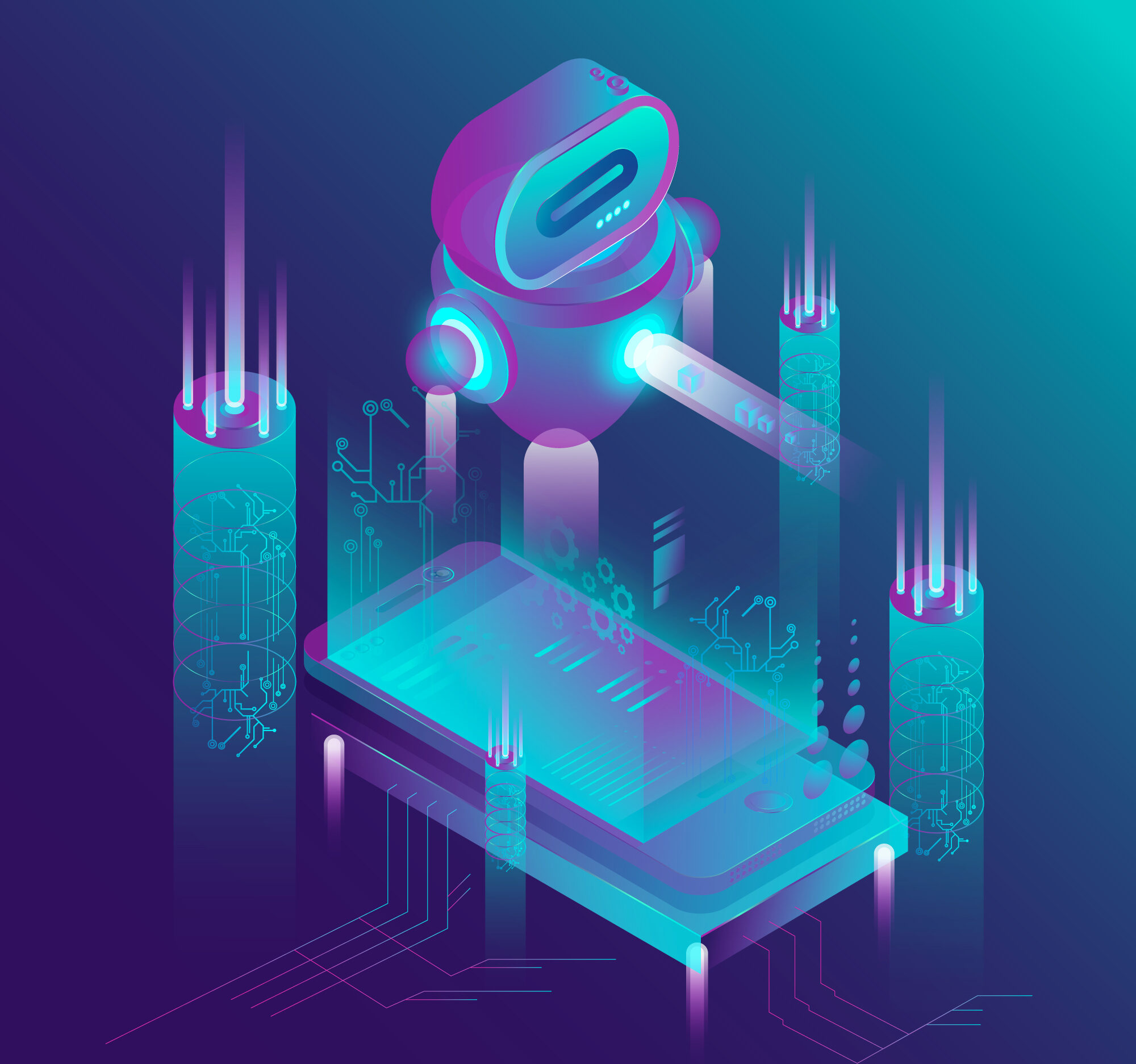
Conclusion
Looking ahead, the integration of agentic AI tools like OneSky Localization Agent presents a remarkable opportunity for businesses to redefine their localization efforts.
As AI continues to evolve, it promises to enhance operational efficiency, enrich customer experiences, and drive growth.
By embracing these advanced technologies, organizations can unlock the full potential of global markets, transforming challenges into opportunities for success.
The future is bright for those willing to innovate and adapt, harnessing the collaborative power of AI to create meaningful connections with audiences around the world.
Leverage the capabilities of agentic AI to thrive in a dynamic and interconnected marketplace. Explore OneSky Localization Agent by OneSky today – you’re only one tap away from an achievable revolution!

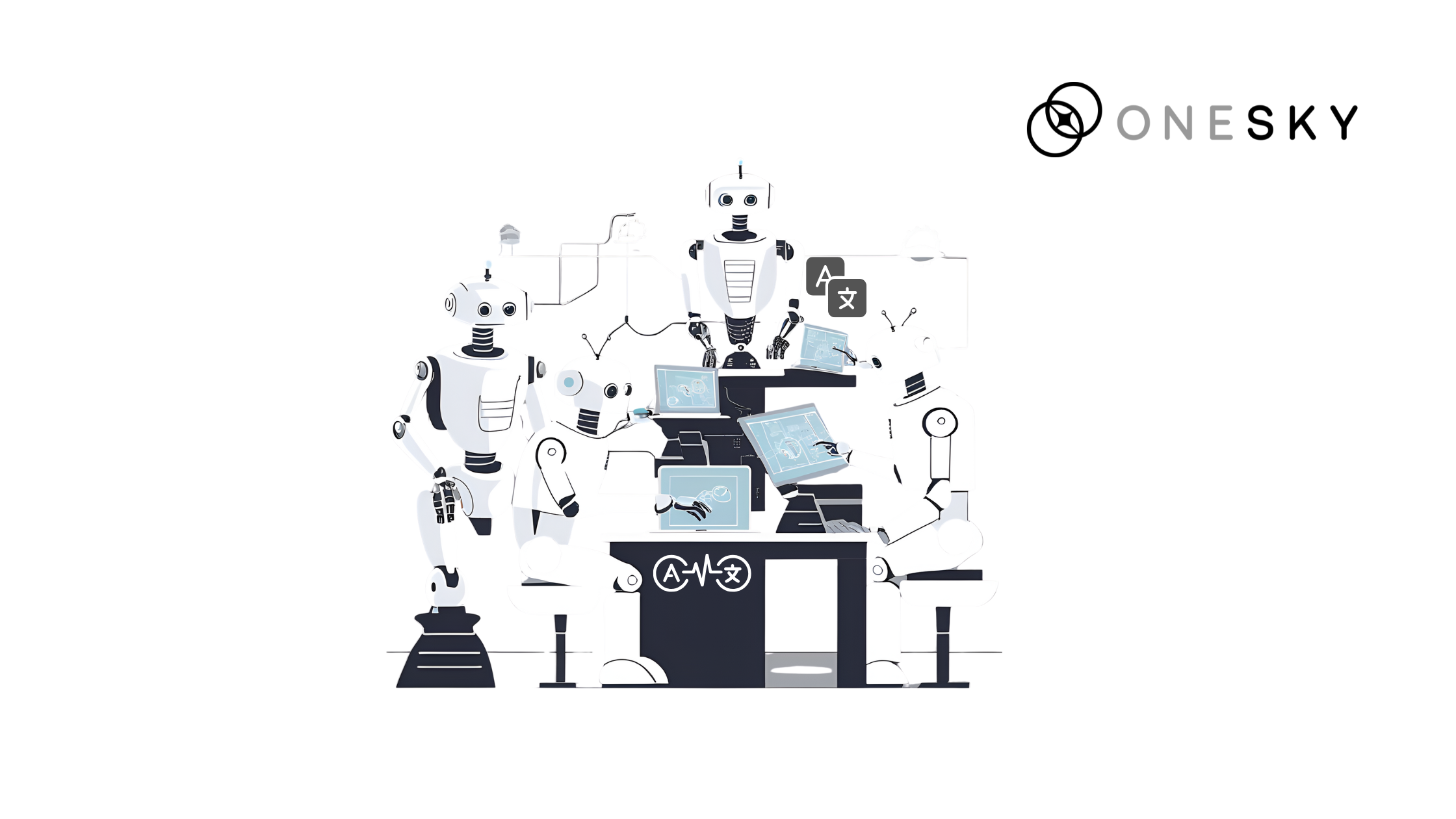
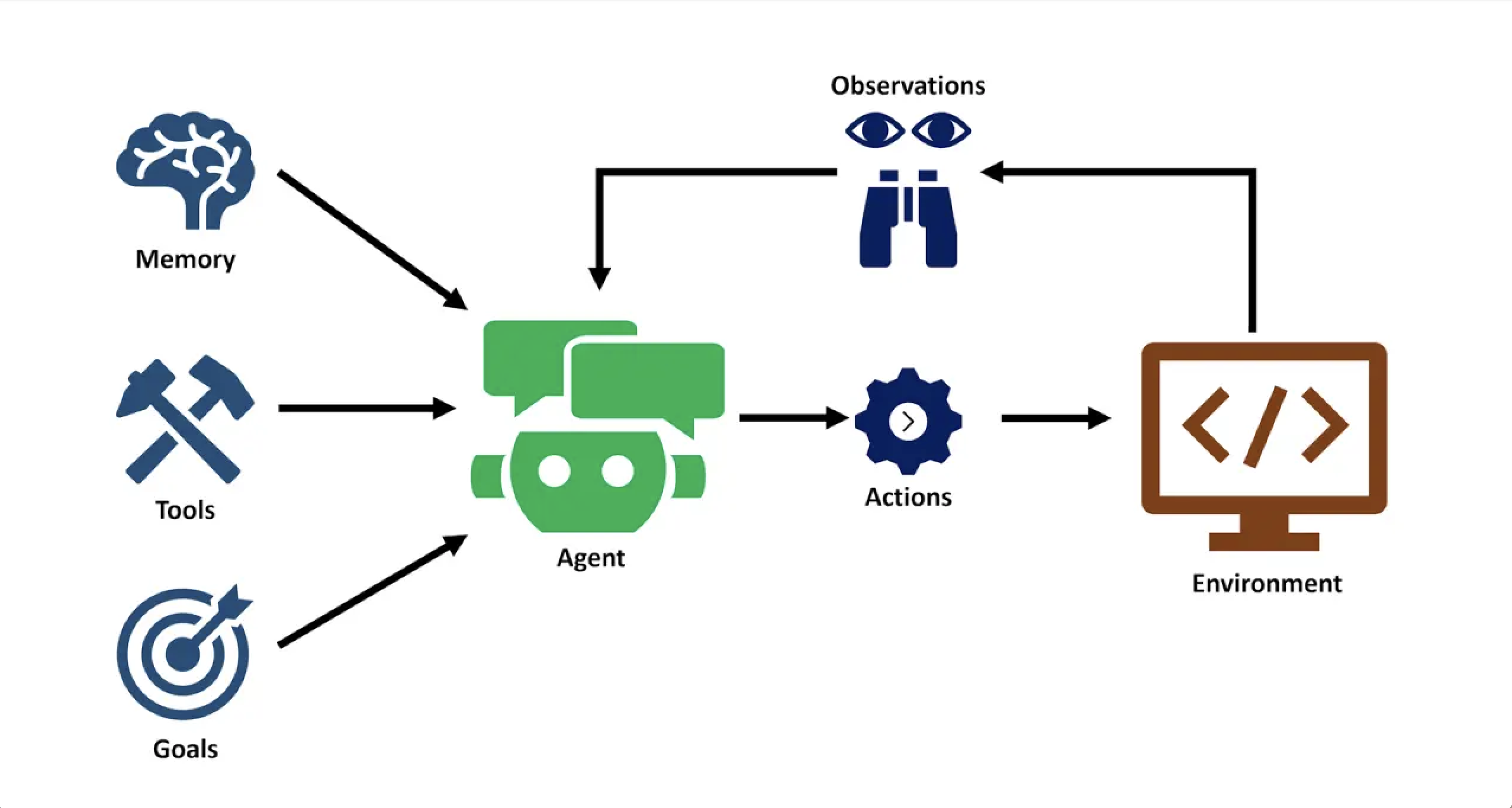
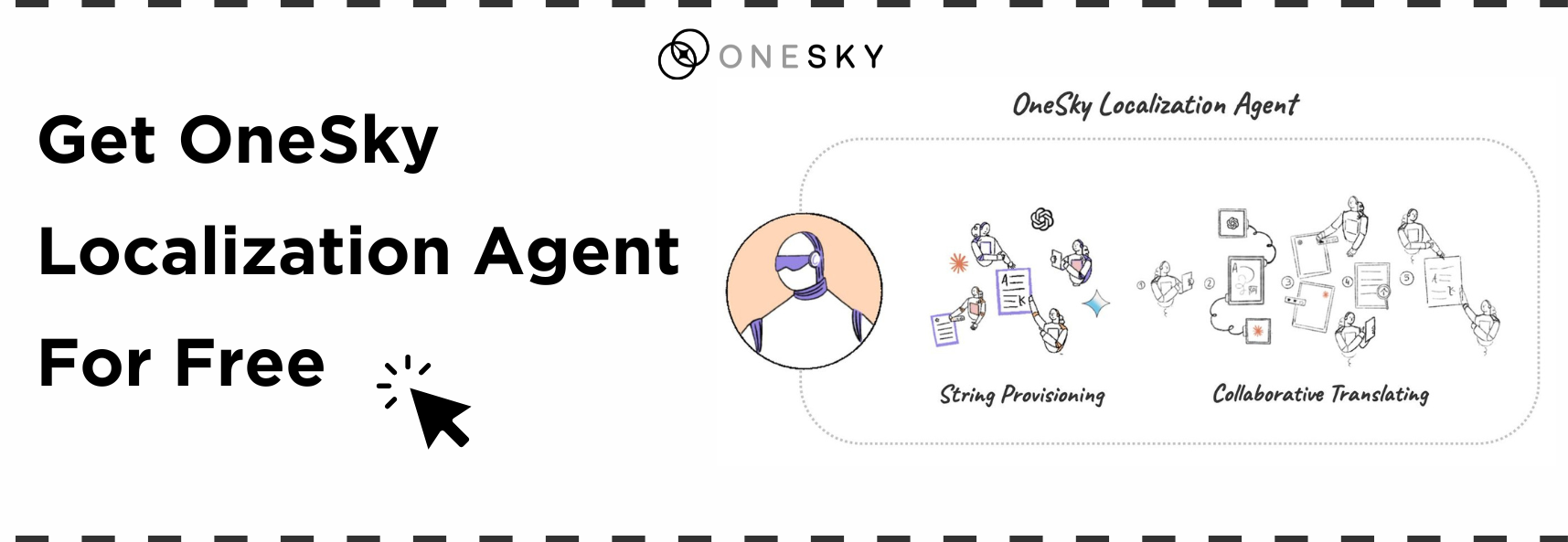
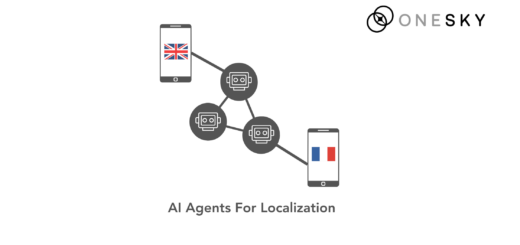
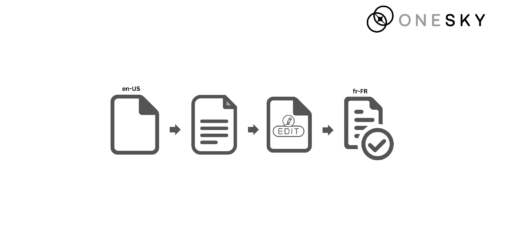
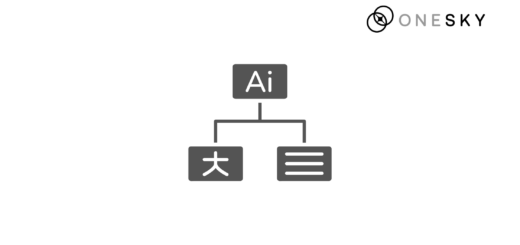
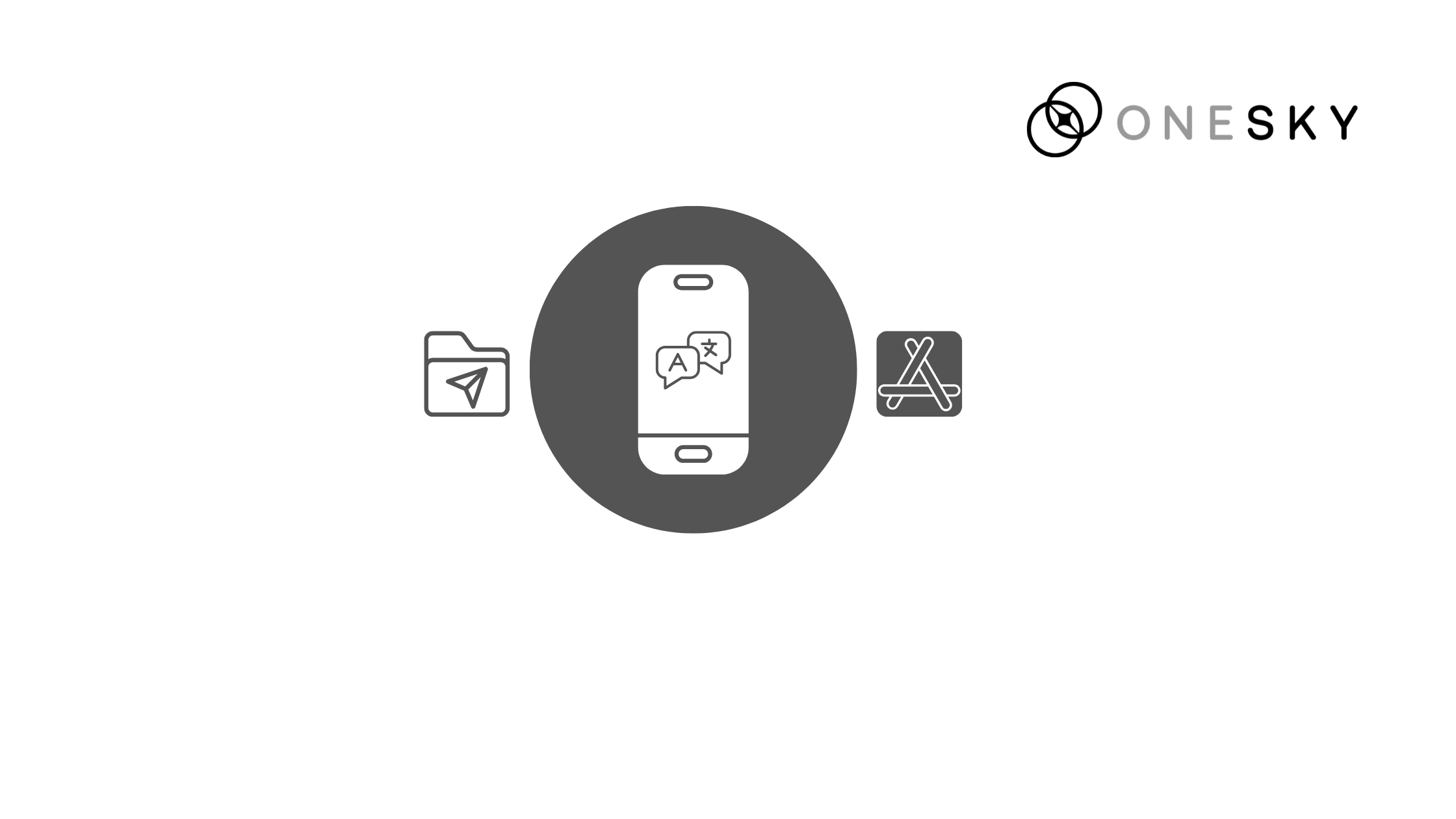


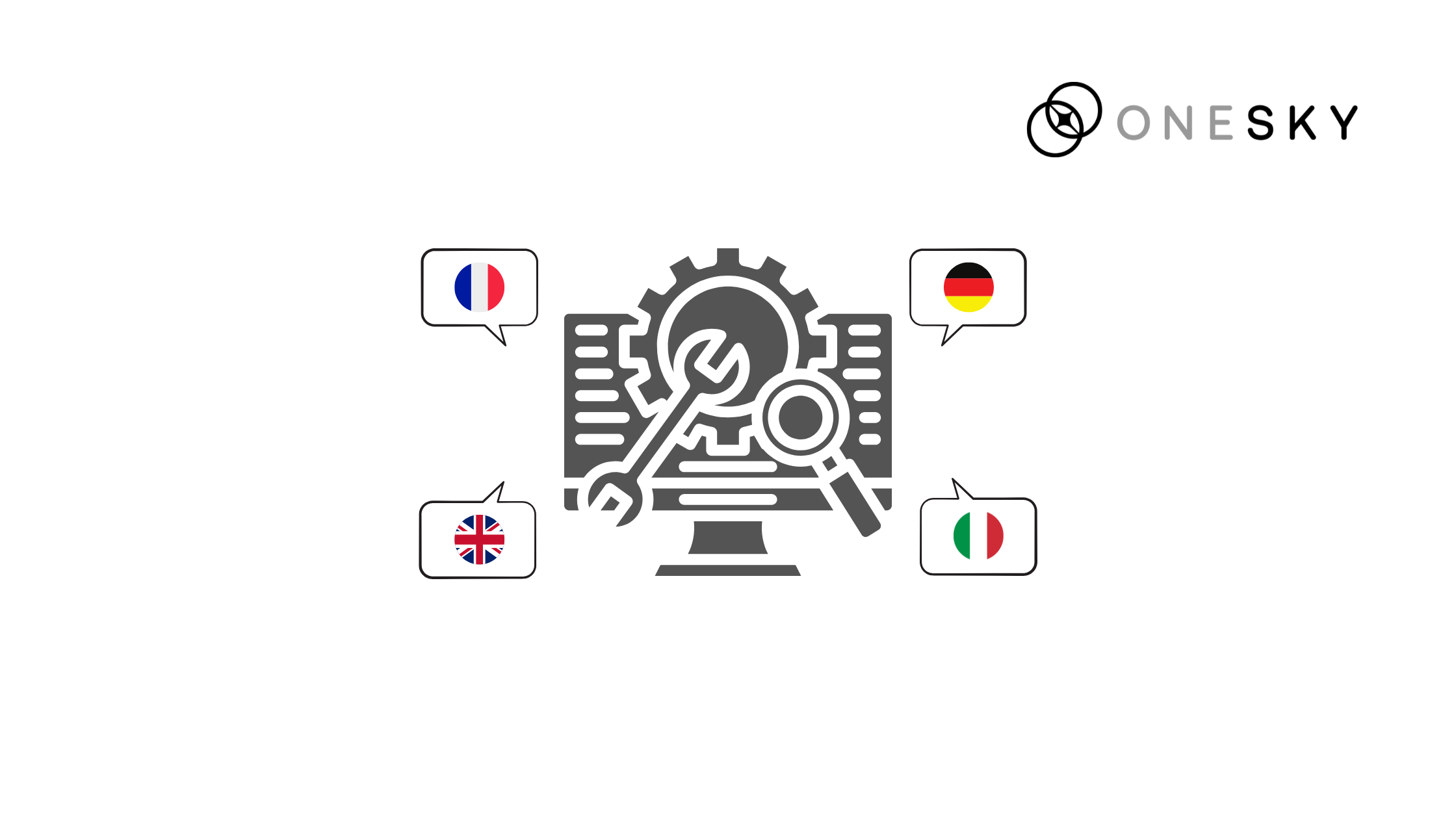
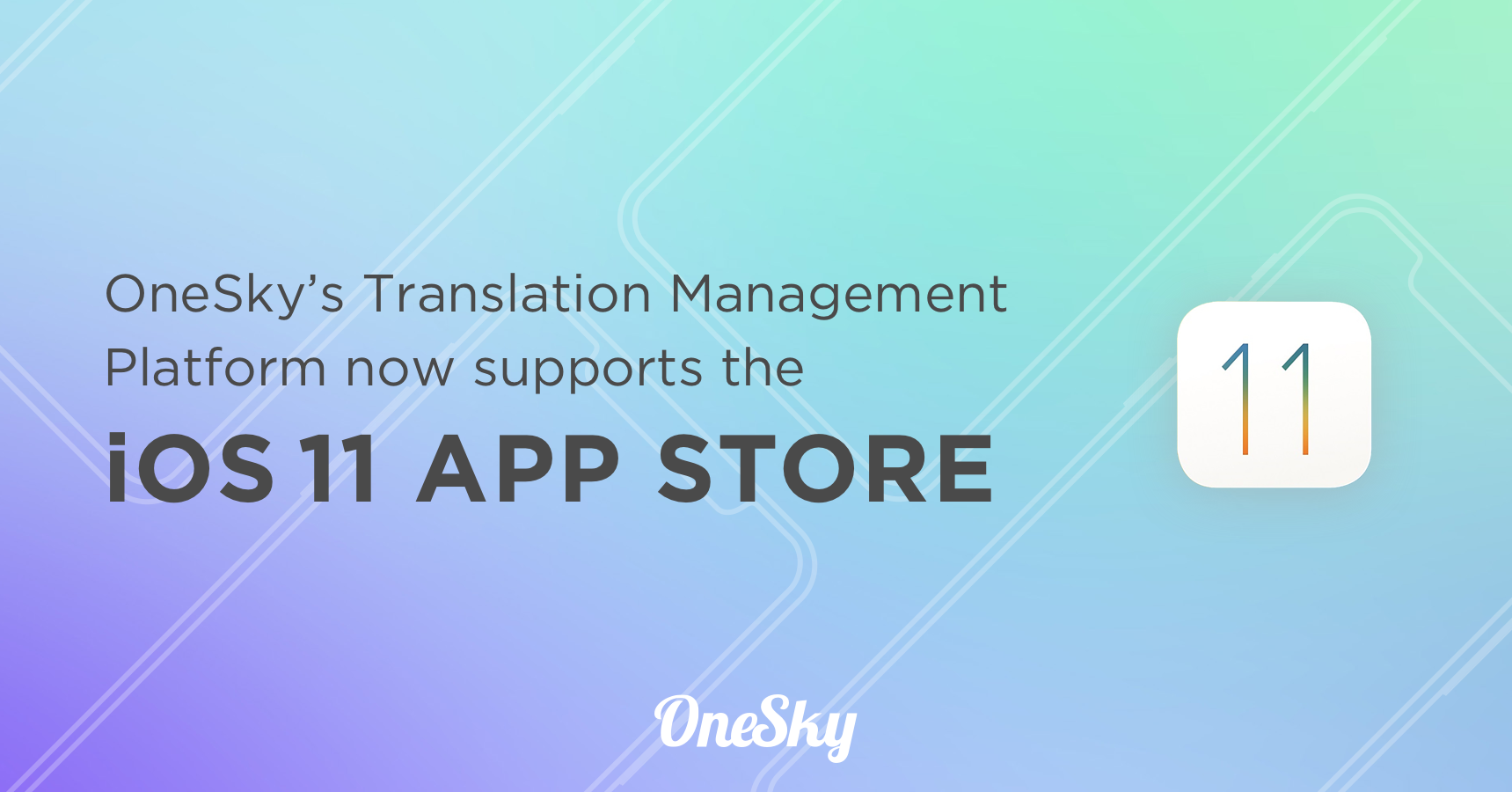
 Written by
Written by 
